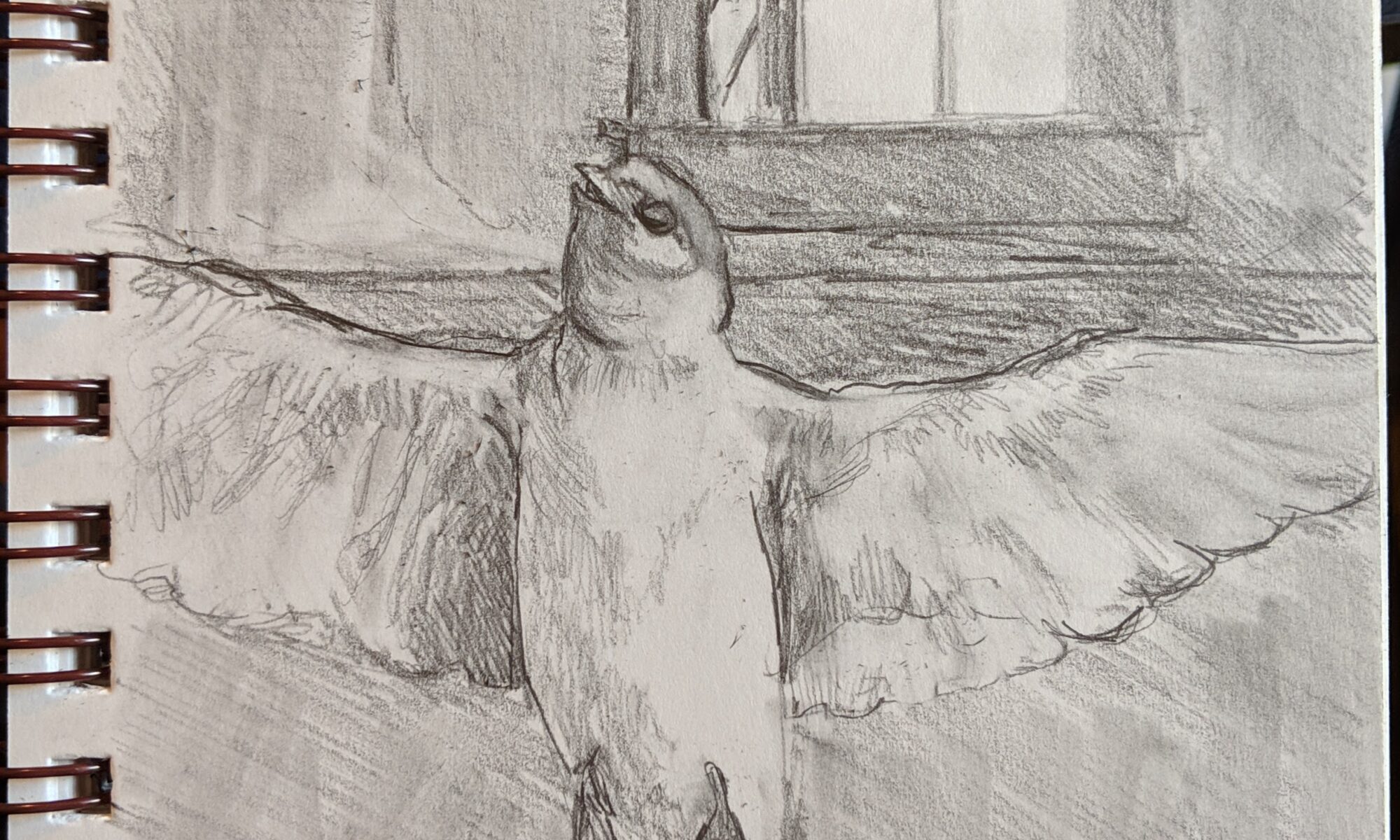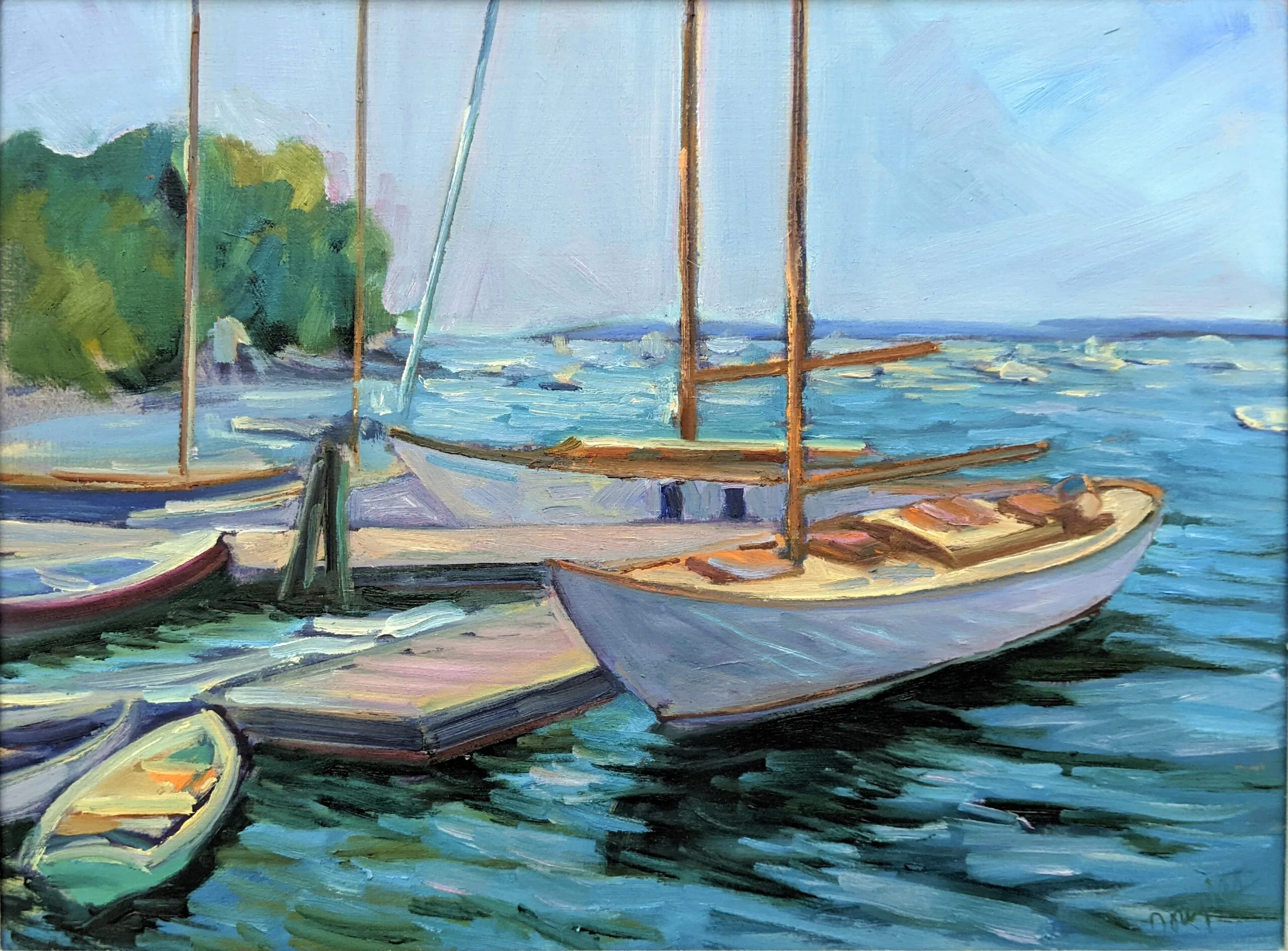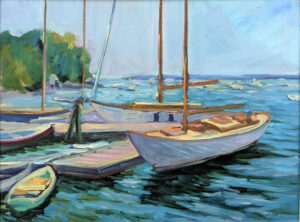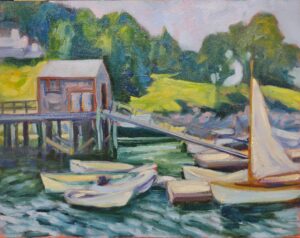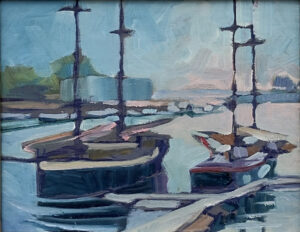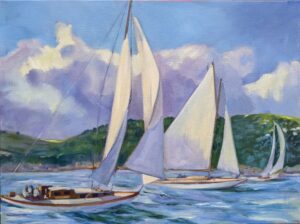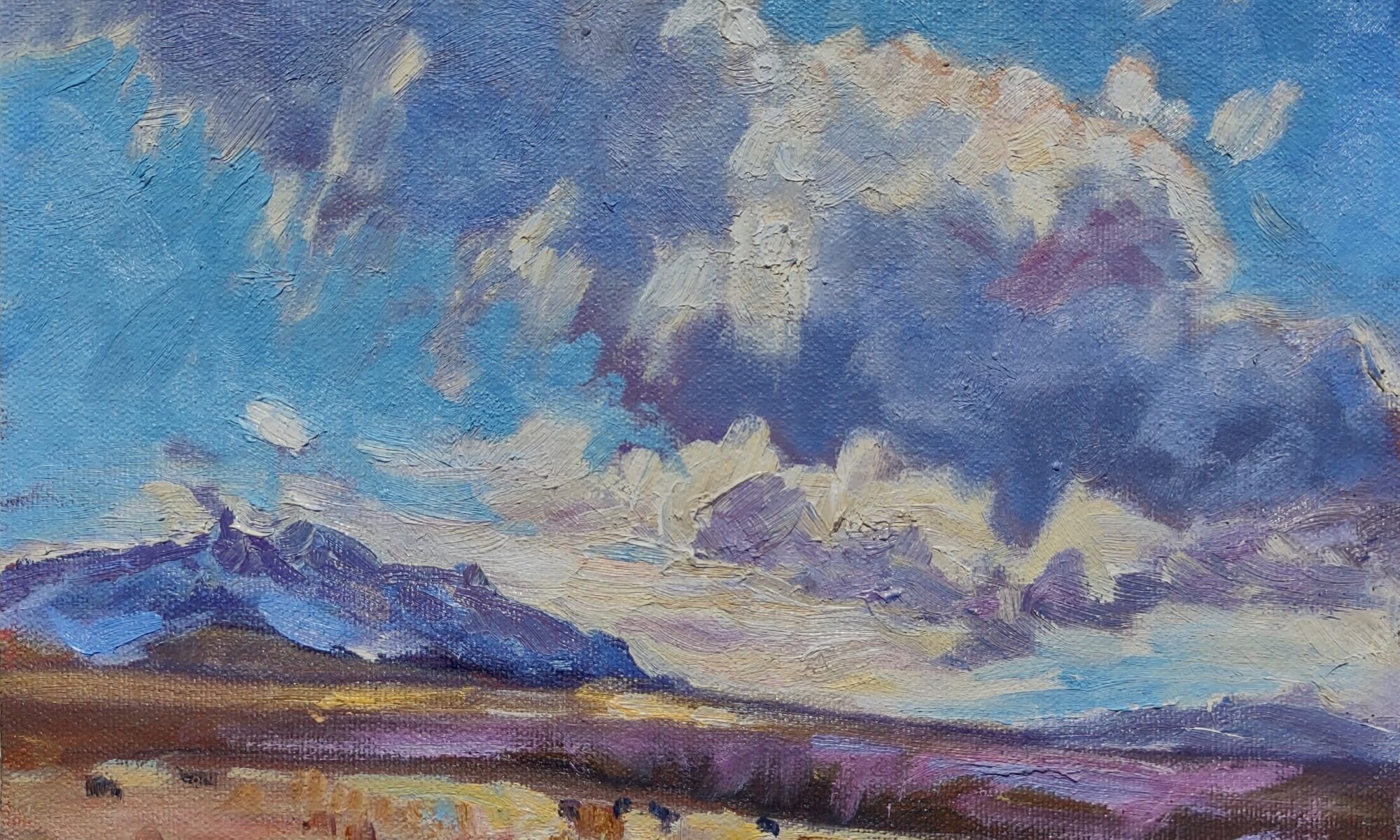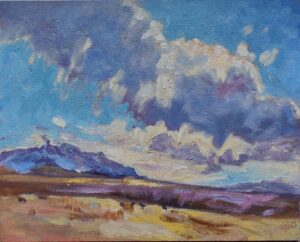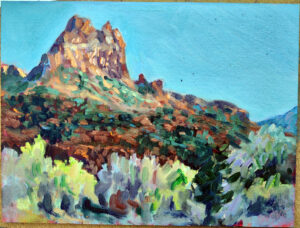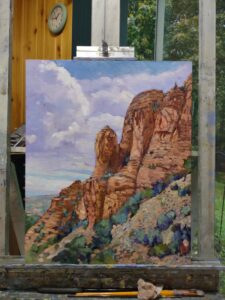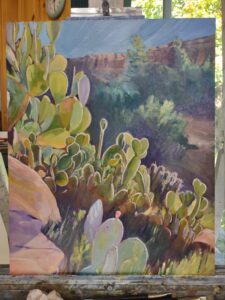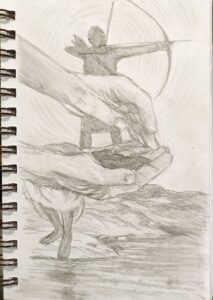
Nobody can master painting until they master drawing. That’s true for both abstractionists and realists, because drawing is how you express depth and dynamism. Painting is really nothing more than drawing with a brush. To build facility in paint, you first must draw.
Tens of thousands of years before there was written language, there was art on cave walls and cliffs. When words started being written down (around 3000 BC) they were first written in the form of pictographs. That tells us something about the importance of drawing to humankind.
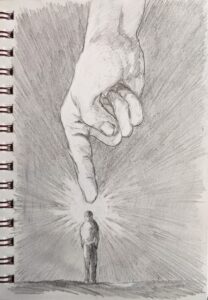
Drawing is liberating
Drawing allows us to express ideas, emotions, and narratives non-verbally. For painters seeking to escape being literal, that’s critical. I can’t think of a single great painter who couldn’t draw. Vincent van Gogh famously taught himself, and his early drawings are bad enough that they should give us all hope that we too can do better. “Drawing is the root of everything, and the time spent on that is actually all profit,” he wrote.
It’s not just about putting pretty things down on paper. Drawing tightens up our observational skill. We develop a keen eye for details, shapes, proportions, and visual relationships. That helps us analyze and map both the world around us and our inner world.
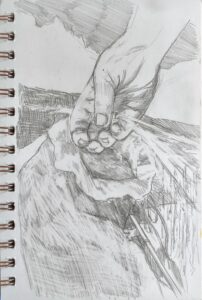
Much of drawing is about translating a three-dimensional reality onto a two-dimensional surface. That teaches us about structure and spatial relationships. If you don’t see the value in representing depth and space in a painting, take a deep dive into the work of Edgar Degas.
A lot of us stopped working on hand-eye coordination when we mastered cursive writing. Then we let it go when we started relying on computers, which is why so many of us have terrible handwriting. We need that hand-eye coordination for painting, and we develop it through drawing.
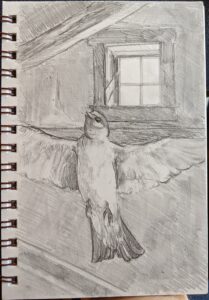
A study showed that drawing helps memory in young and old alike. Researchers speculated that it was because drawing draws on varied brain paths simultaneously. I think it’s because in drawing we must attend much more intensely. That reaps benefits not just in art but in life overall.
There is a gap between what we draw or paint and what is ‘really’ there. We like to think of that gap as a shortcoming, and to some degree it is. But it’s in that gap that we develop style, and where we do a lot of non-verbal creative thinking. Tracing from photographs will never allow for the soul to creep in like drawing does.
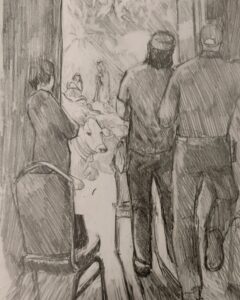
So why don’t we do it? The sad answer for many of us is that we’ve never been taught, so we’re frustrated and afraid to try again. We don’t grant ourselves the grace and patience to persist.
I’ve butted my head against this since I started teaching. Drawing and painting are closely related but I can only teach one at a time. That’s why I’m breaking a promise to myself to not work six days a week and offering a Saturday class on Fundamentals of Drawing, starting January 6. By Ash Wednesday, you’ll be well on your way to good draftsmanship. That in turn will lead to better painting.
My 2024 workshops:
- Painting in Paradise: Rockport, ME, July 8-12, 2024.
- Sea & Sky at Schoodic, August 4-9, 2024.
- Find your authentic voice in plein air: Berkshires, August 12-16, 2024.
- Art and Adventure at Sea: Paint Aboard Schooner American Eagle, September 15-19, 2024.
- Immersive In-Person Workshop: Rockport, ME, October 7-11, 2024.

